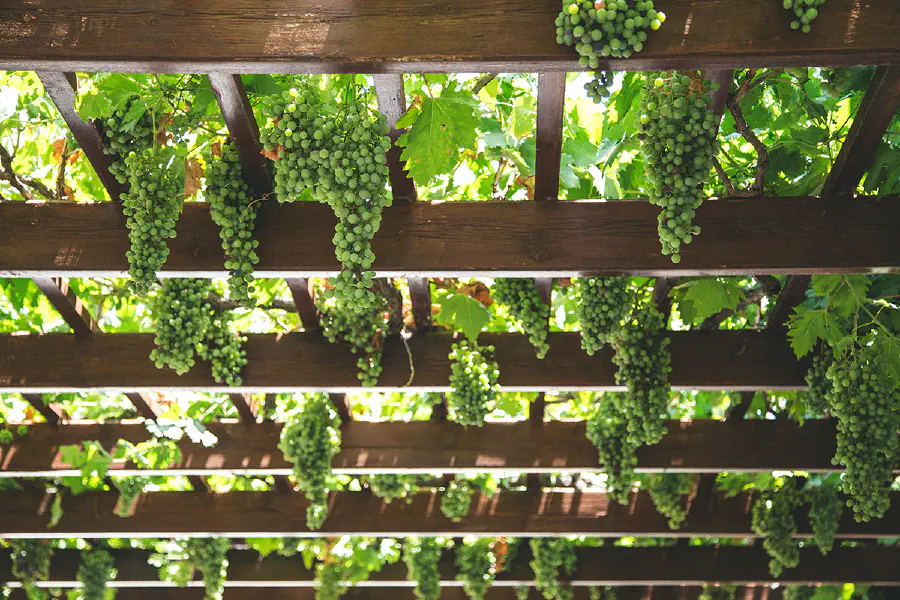Building an Underground Food Shelter with Basic Tools: A Step-by-Step Guide




Building an Underground Food Shelter with Basic Tools: A Step-by-Step Guide
Creating an underground food shelter is a practical solution for long-term food storage, offering natural insulation and protection against the elements and pests. This guide will walk you through the process of building a basic underground food shelter using tools you likely already have at home.
Why Build an Underground Food Shelter?
Underground food shelters leverage the earth’s natural cooling and insulating properties to maintain a consistent temperature, which is ideal for preserving food. Additionally, these shelters can protect your food supply from animals, pests, and extreme weather conditions.
Tools and Materials Needed
- Shovel: For digging the hole.
- Pickaxe: Useful for breaking through harder soil or rocks.
- Measuring Tape: To ensure proper dimensions.
- Wooden Planks or Pallets: For the structure’s walls and floor.
- Roofing Material: Consider corrugated metal or wood for the roof.
- PVC Pipe: For ventilation.
- Waterproofing Material: Such as heavy-duty plastic sheeting or tar.
- Gravel: For drainage at the bottom of the hole.
Step 1: Choose Your Location
- Accessibility: Select a site that’s easy to access but discreet.
- High Ground: Opt for higher ground to avoid water logging.
- Sun Exposure: Consider sunlight exposure; a partially shaded area is ideal.
Step 2: Digging the Hole
- Dimensions: Decide on the size of your shelter. A depth of at least 6-8 feet is recommended for effective temperature control.
- Excavation: Start digging the hole according to your measurements, using the shovel and pickaxe as needed.
Step 3: Constructing the Walls and Floor
- Framework: Lay wooden planks or pallets along the walls of the hole, ensuring they are secure and stable. Use additional wooden beams for support if necessary.
- Flooring: Place wooden planks or pallets on the ground to create a floor, preventing moisture from seeping into your stored items.
Step 4: Installing the Roof
- Structure: Construct a frame over the top of the hole using wooden beams.
- Roofing: Cover the frame with your chosen roofing material, ensuring it’s well-secured.
- Insulation: Optionally, add a layer of soil over the roof for additional insulation.
Step 5: Waterproofing
- Lining: Line the interior walls and the floor with waterproof material to prevent moisture from entering.
- Drainage: Fill the bottom with a layer of gravel before installing the floor to aid in drainage.
Step 6: Adding Ventilation
- PVC Pipe: Install a PVC pipe from the interior of the shelter to the surface for ventilation, ensuring air circulation to prevent mold and mildew.
Step 7: Final Touches
- Sealing: Make sure all entrances and exits are sealed properly when not in use to keep out pests and moisture.
- Access: Create a secure and easily accessible entrance. Consider a ladder or steps for ease of access.
Conclusion
Building an underground food shelter can be a rewarding project that enhances your food security. By following these steps and using basic tools, you can create a durable and efficient storage solution that utilizes the earth’s natural properties to preserve your food supplies. Remember, the key to a successful underground food shelter is careful planning, proper construction, and regular maintenance.